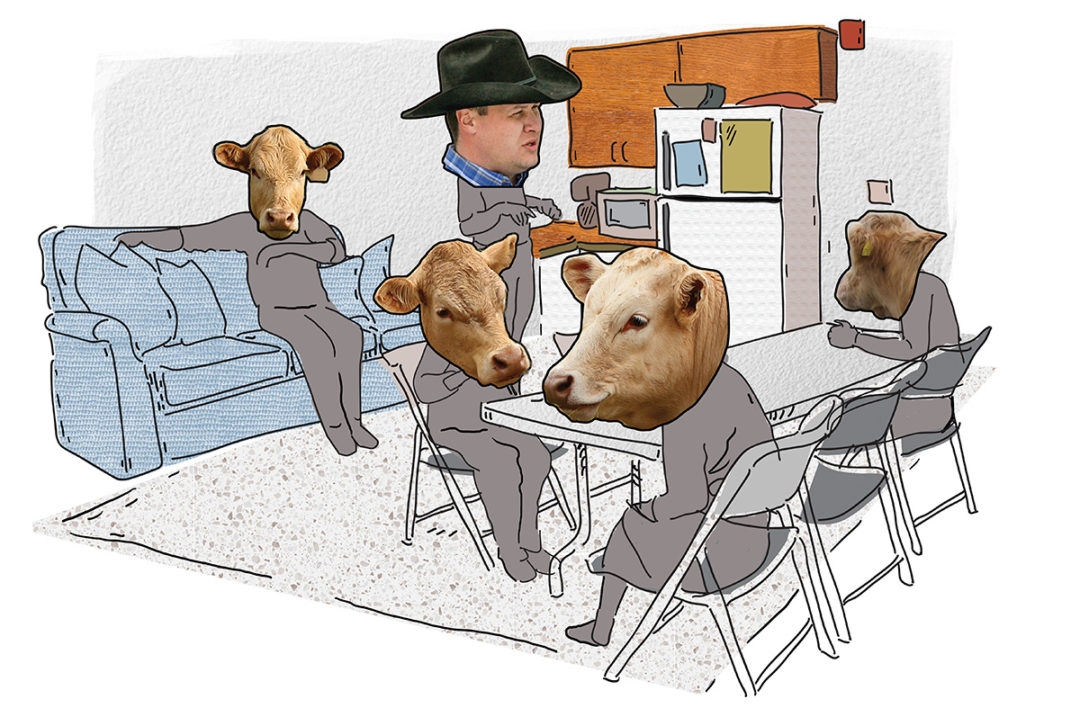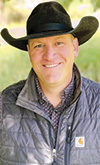The ranching industry often prides itself in long days and hard work. “There is always something to do” is the motto! It’s also evident that subsequent generations are choosing a life off the ranch. As employees become more commonplace in the industry than before, it is important that producers are prepared to lead and manage them. Part of leadership is motivating employees to perform at or above expectations and to get the job done.
Those who own an agricultural operation reap the rewards of their efforts. Putting in long days to get things done returns directly to them through saved labor costs or improved efficiencies. Employees, on the other hand, receive the same compensation for an eight-hour day or a 12-hour day if they are salaried, and ag exemptions for labor laws make overtime nonexistent for hourly employees. For many employees, there is a natural benefit to working hard and getting things done in a short amount of time. However, that motivation is taken away if more and more is continually piled on because the expectation is long days instead of accomplishing goals.
Learning from experience
I had the opportunity to work on a ranch in Hawaii. It was a wonderfully unique experience for a boy from Idaho who never intended to leave a four-hour radius from home. The cattle there had not been handled regularly for quite some time. On top of that, when they were handled, the owners and cowboys often relied on help from inexperienced stockmen. This meant that their livestock regularly escaped past people and horses and were accustomed to getting away. When I first started gathering them on a regular basis, it looked like running into a bunch of chickens. Heads would go up, and there would be cows running everywhere (usually into a brush patch).
I learned that if I was patient and took my time, eventually, the cows would come around to my way of thinking. In the beginning that meant gathering two or three times. The first time would be a great scattering of cattle. The second time, there would be a noble effort. Sometimes we would even get through the first gate – but almost always, by the third time, the cattle would become manageable and move to where I needed them to be. Naturally, as I won more and more of these battles, the cows became easier to move.
I also learned that clear and concise direction to those helping goes a long way. Laying out how things should proceed and what to expect from the livestock helped those who were assisting in being successful. As they were successful, they were more motivated to listen to direction in the future. The cattle were also more motivated to cooperate, having learned that giving to the pressure was less stressful than pushing against it. When stressed, cattle get hot and begin to make poor decisions like doubling back, running over things or busting down fences. When worked calmly, and with the right pressure, cattle will often flow in the direction desired. Humans are often no different.
Leadership – just like working cattle
While managing a small ranch for a high-end resort, I developed a team-building and leadership program for use with corporate clients that I affectionately call Jackass Leadership. The principles discussed in this program come largely from an activity called the Donkey Challenge. During this activity, teams were required to lead chosen donkeys through an obstacle course. One of the variables that made this interesting was the range of motivational tactics different donkeys required to perform at their optimum. The two smallest donkeys, Cisco and Hercules, were like cattle. Under too much stress, they would start running around to escape the pressure, resulting in a loss of control. Hershey and Gilly, on the other hand, required much more aggressive tactics to get the performance needed if they wanted to finish in first place. Opie was usually somewhere in the middle – not too much, not too little.
Creating motivation as a leader can be a tricky balance. Productivity needs to be at the forefront of our thinking. No business wants wasted dollars. However, we can’t continuously push and push our employees. Eventually, they will do as the cattle and start making poor decisions, or leave. A lot has been learned about how different personalities perform better with different motivation techniques. Good leaders take this into consideration. While one employee is motivated by looking back and seeing what they have accomplished in a day, another is motivated by external recognition of a job well done. Some are motivated by the accomplishment of bringing more healthy calves to market, while others are motivated by monetary bonuses for the higher revenues those extra calves produce. It is up to the manager/owner/leader to identify those differing needs and adjust accordingly.
On the ranch in Hawaii, there was one corner where the cattle had to make a jog to the left and then turn right down an alleyway. It was a place where they would hang up and had escaped many times. If a little extra pressure was applied to get them moving a little faster, they would hit that corner and not have time to turn back or think. Their attention was focused forward. More aggressive motivation worked in that moment, whereas at other times it had only created problems.
Our job as leaders and managers is to learn how to read our “herd” and know the right pressure to give in the right moments. Let’s find a healthy pace for our workplace. A pace that allows the herd to move efficiently will increase productivity and motivation to perform.








